A Taste Of Malaysia: The Iconic Flavours Of Nasi Lemak, Laksa & Roti Canai

Malaysia, a vibrant melting pot of cultures, offers a culinary landscape as diverse as its people. Its unique blend of Malay, Chinese, and Indian influences has given rise to iconic dishes that are adored both locally and internationally. Among them, Nasi Lemak, Laksa, and Roti Canai stand out as defining symbols of the nation’s gastronomic heritage. These dishes are not just meals—they’re stories of tradition, fusion, and flavour. Exploring these culinary treasures unveils the essence of Malaysia’s cultural and historical richness. 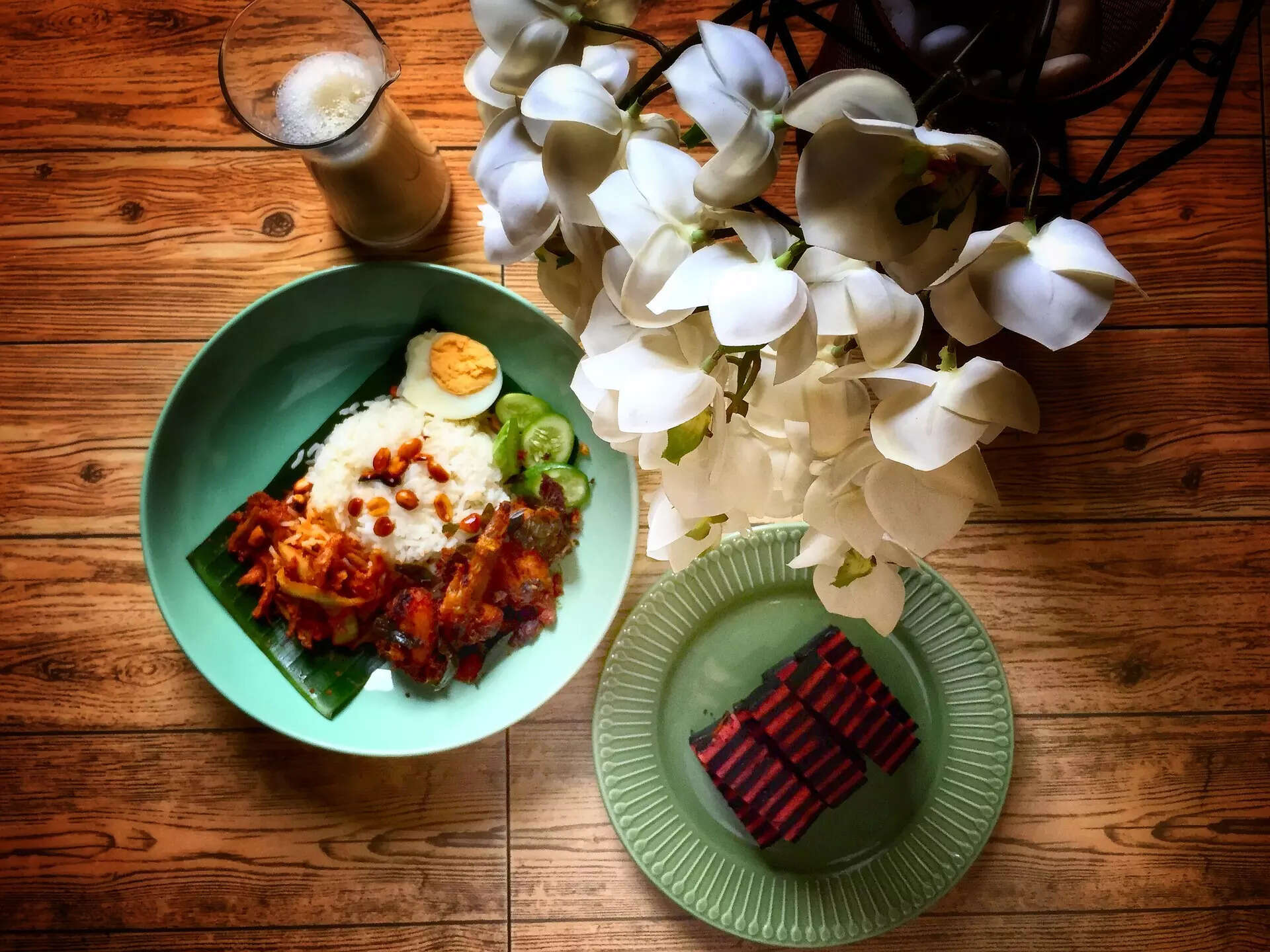 Image Courtesy: Pixabay
Image Courtesy: Pixabay
 Image Courtesy: Pixabay
Image Courtesy: Pixabay Nasi Lemak: Malaysia’s National Dish
Nasi Lemak, often called Malaysia’s national dish, epitomises simplicity and balance. The name translates to 'rich rice', referring to rice cooked in coconut milk and pandan leaves, creating a fragrant and creamy base. Typically served with sambal (a spicy chilli paste), boiled eggs, fried anchovies, peanuts, and cucumber slices, it offers a harmonious blend of flavours and textures. Whether enjoyed as a humble breakfast or a luxurious feast with chicken rendang or prawns, Nasi Lemak holds a special place in the hearts of Malaysians. Its widespread popularity reflects Malaysia’s ability to blend simplicity with sophistication.
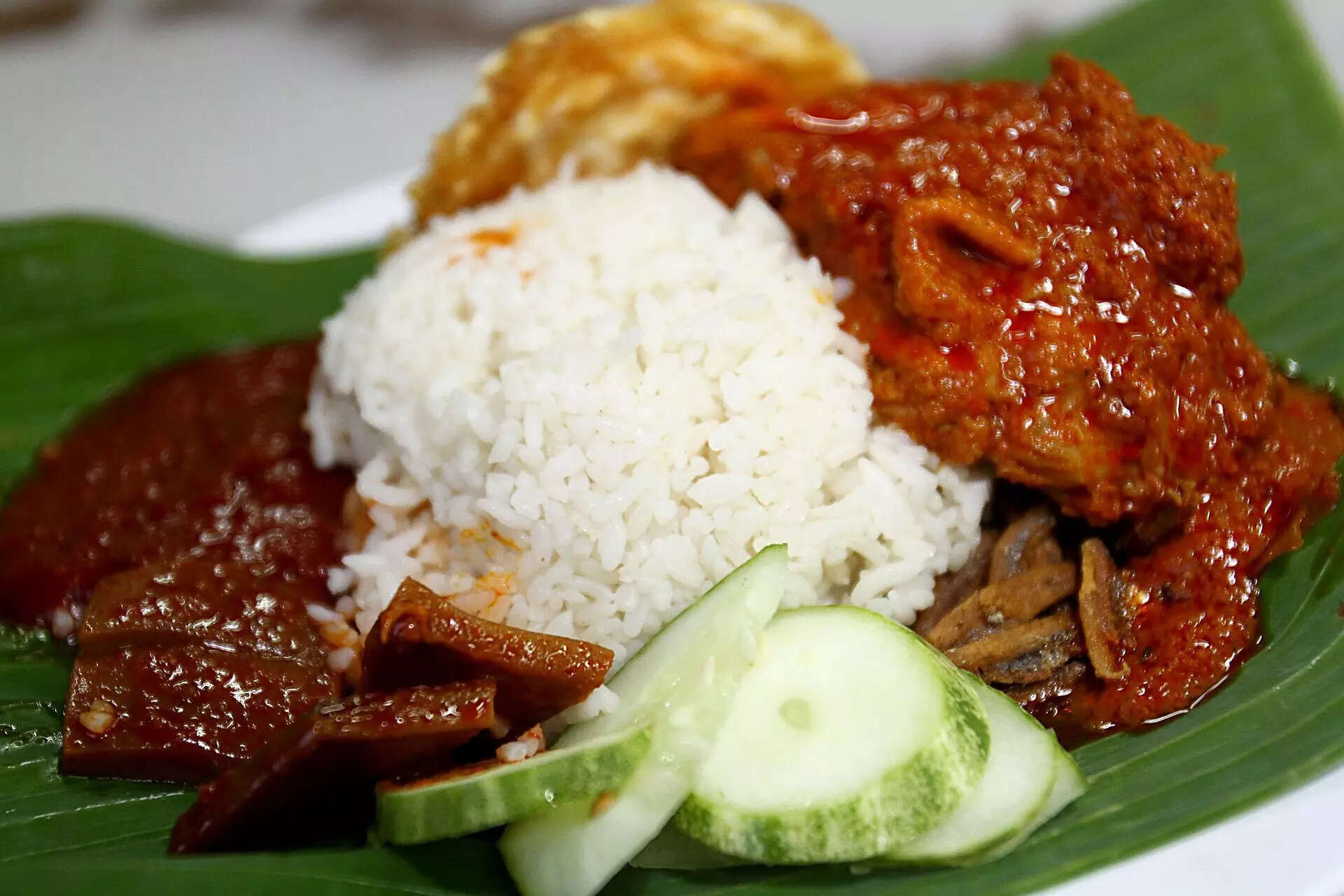 Image Courtesy: Pixabay
Image Courtesy: Pixabay Laksa: A Bowl of Cultural Fusion
Laksa, a noodle soup dish, is a shining example of Malaysia’s multicultural identity. With regional variations like Assam Laksa and Curry Laksa, this dish showcases the fusion of Malay, Chinese, and Peranakan influences. Assam Laksa, a tangy and spicy version, features rice noodles in a tamarind-based fish broth topped with fresh herbs and vegetables. In contrast, Curry Laksa is rich and creamy, with coconut milk forming the base of its aromatic curry broth.
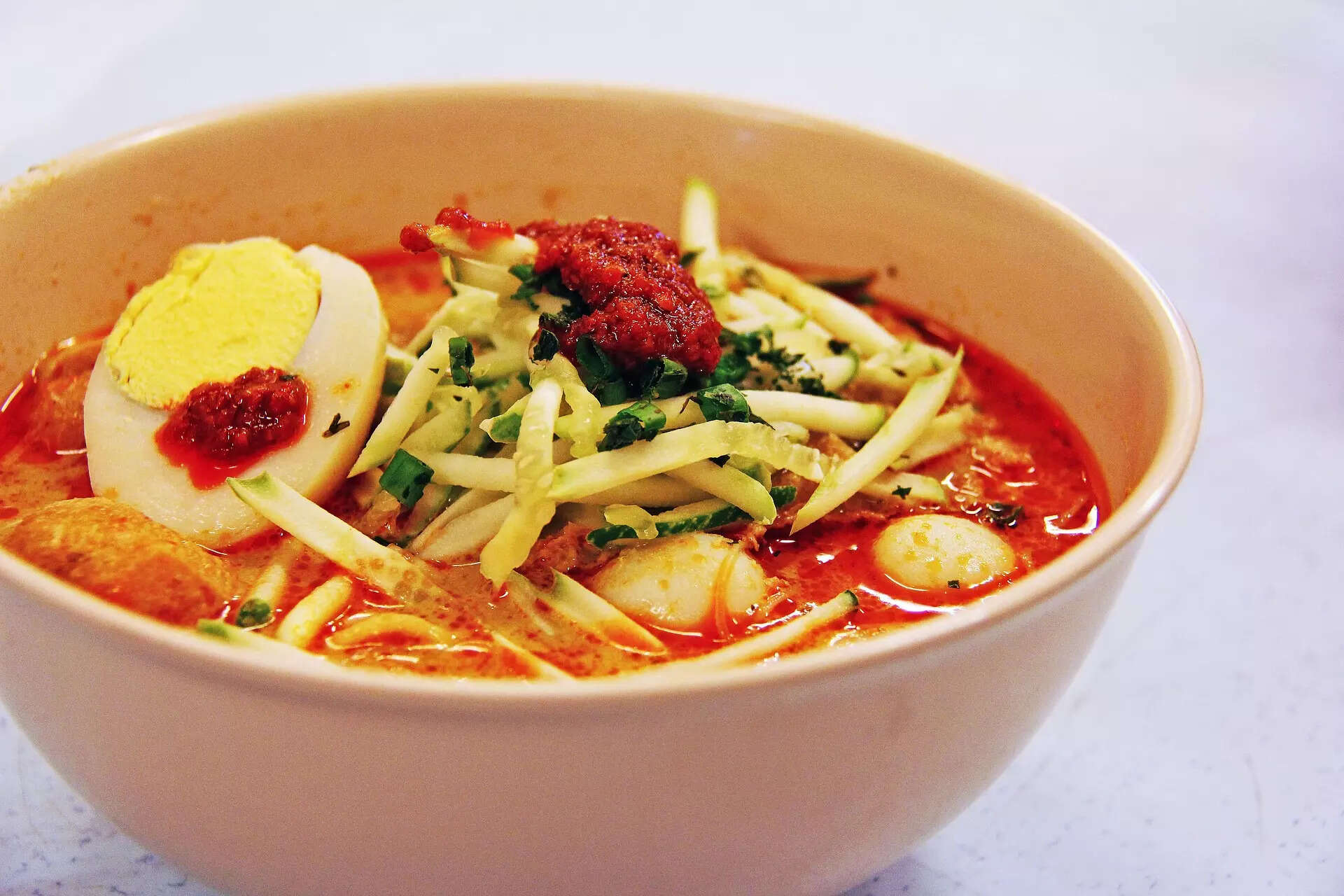 Image Courtesy: Pixabay
Image Courtesy: Pixabay Each bowl tells a story of Malaysia’s regional diversity, offering a flavour-packed experience that is both comforting and exhilarating.
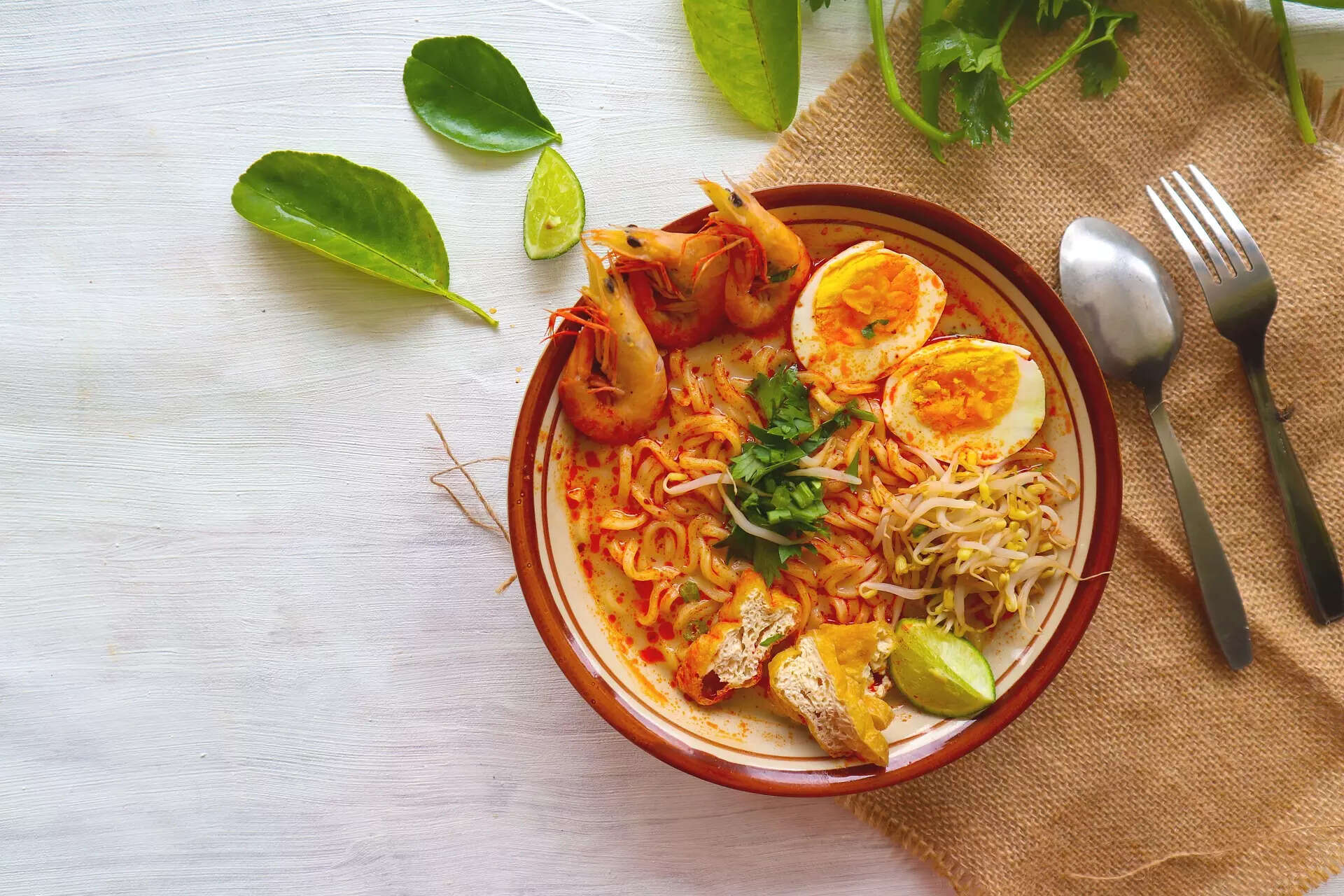 Image Courtesy: Pixabay
Image Courtesy: Pixabay Roti Canai: A Flaky Indian Delight
Roti Canai, a beloved staple of Malaysian cuisine, is a product of Indian-Muslim influence. This flaky, pan-fried flatbread is made from a simple dough of flour, water, and ghee, skillfully stretched and folded to achieve its signature layers. Traditionally served with dhal (lentil curry) or chicken curry, Roti Canai is a versatile dish enjoyed at any time of the day. Its soft, buttery texture and slightly crispy edges make it irresistible, often leading diners to experiment with sweet accompaniments like condensed milk or sugar. Its universal appeal cements its place in Malaysia’s culinary identity.
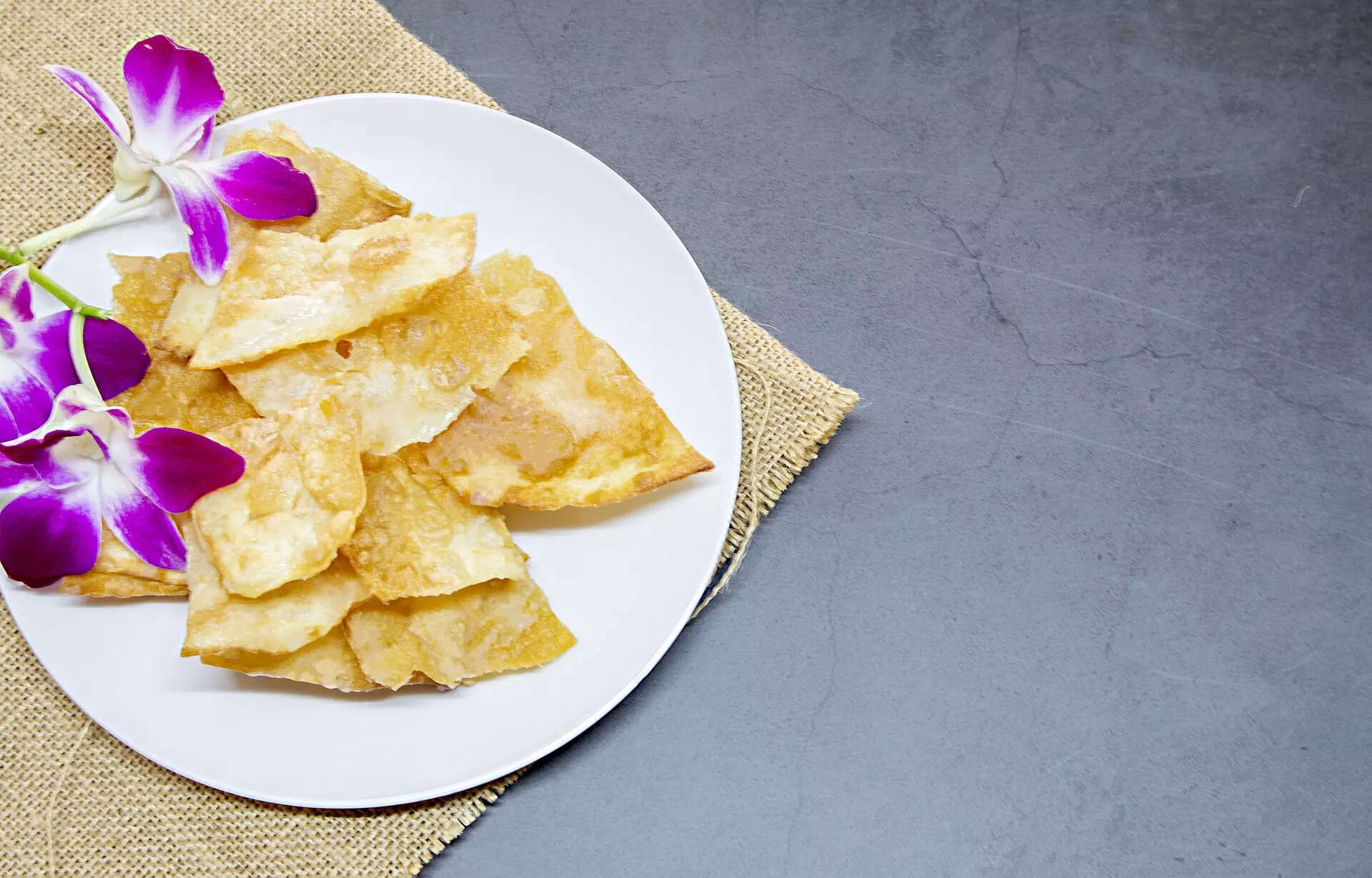 Image Courtesy: Pixabay
Image Courtesy: Pixabay The Cultural Significance of Malaysian Cuisine
Each of these iconic dishes reflects the harmonious coexistence of Malaysia’s ethnic communities. Nasi Lemak embodies the Malay spirit, Laksa celebrates the fusion of cultures, and Roti Canai pays homage to the Indian diaspora. Together, they create a culinary narrative that connects people across diverse backgrounds. These dishes are staples at family gatherings, street food stalls, and fine-dining establishments, showcasing their adaptability and timeless appeal.
The Global Appeal of Malaysian Flavours
Malaysian cuisine, with its bold and diverse flavours, has captured the attention of global food enthusiasts. Food festivals, international restaurants, and tourism campaigns highlight dishes like Nasi Lemak, Laksa, and Roti Canai, introducing them to a wider audience. Their popularity abroad reflects not only the appeal of their flavours but also the cultural stories they carry. For Malaysians living abroad, these dishes provide a comforting connection to home, reinforcing their importance as cultural ambassadors.
Preserving Tradition in a Modern World
As Malaysia modernises, efforts to preserve the authenticity of its cuisine have become increasingly important. Chefs and culinary enthusiasts are striving to retain traditional cooking methods while adapting to contemporary tastes. Food tourism initiatives encourage both locals and visitors to explore Malaysia’s culinary heritage, ensuring that these dishes remain a vibrant part of the nation’s identity.
Malaysia’s melting pot cuisine, exemplified by Nasi Lemak, Laksa, and Roti Canai, is a testament to the country’s cultural diversity and unity. These dishes are more than food—they are symbols of Malaysia’s history, traditions, and community spirit. By savouring these iconic creations, one embarks on a journey through the heart and soul of Malaysia, where every bite tells a story of shared heritage and culinary excellence.